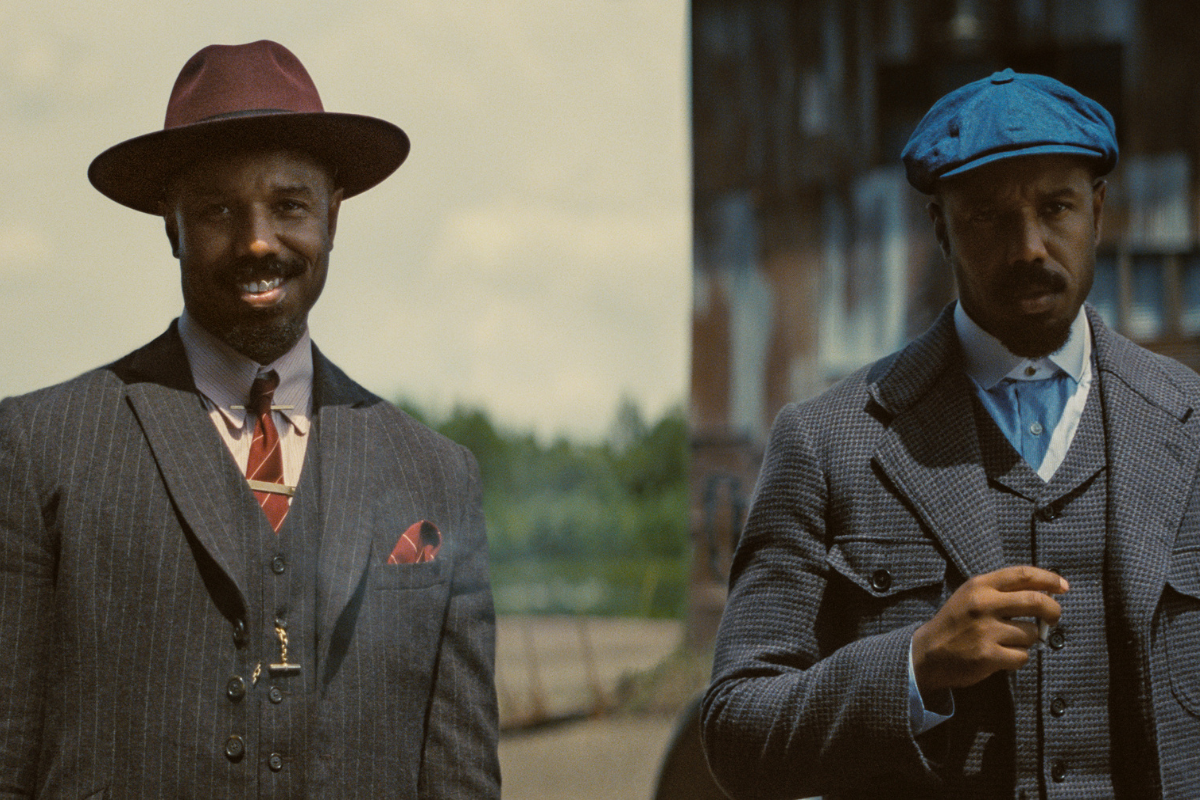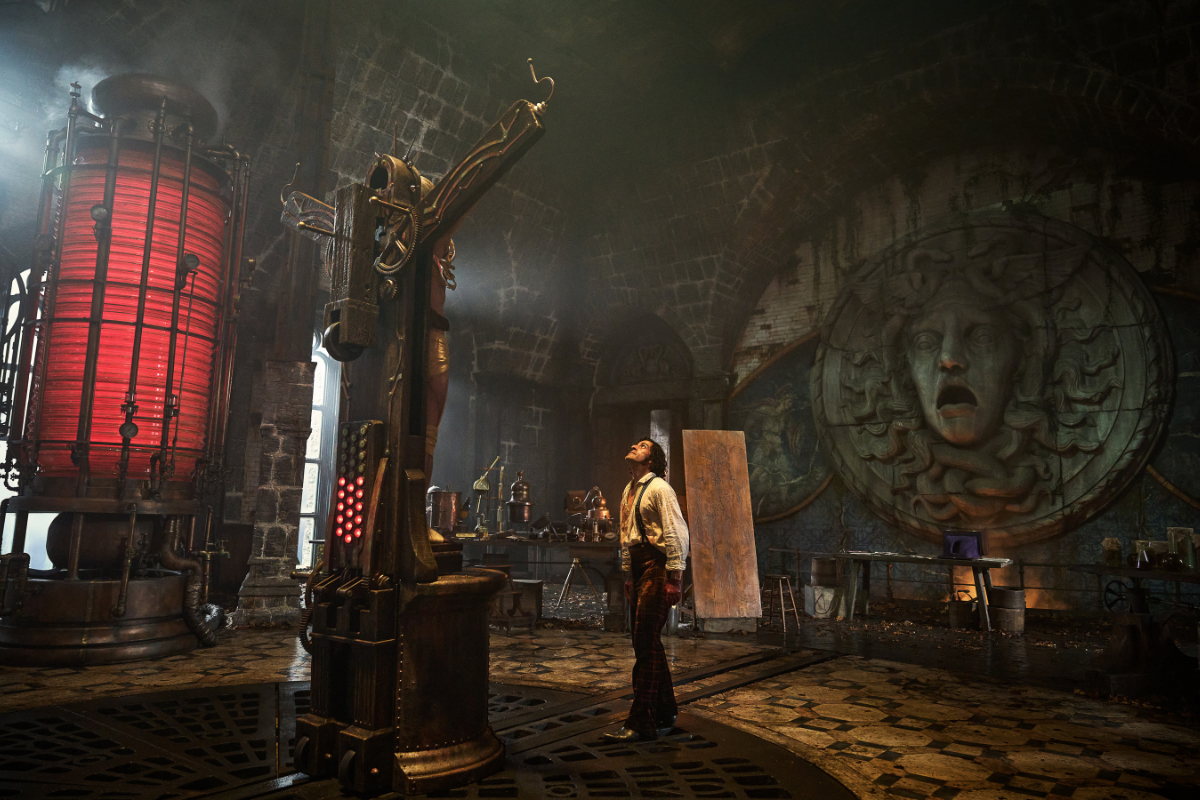Writing Engaging Character Introductions
Script contributor Kira-Anne Pelican, PhD provides actionable craft techniques on how to master character introductions with examples from memorable television shows and films.
I’ve yet to meet a writer who says they love writing character introductions. Coming up with ideas for new projects, developing new characters or writing in the flow – these are things that writers typically love. But character introductions are a regular omission from that list. And that’s hardly surprising when the pressure is on to transform a completely blank page into a work of magic that doesn’t just present your character’s strengths and flaw in an interesting situation, but also ensures you seize your reader’s attention and hang on to it.
The good news is that there are plenty of craft techniques that we can learn to master these introductions.
First, know your character.
There’s no avoiding the obvious. You can’t write a great introduction without first knowing your character. Spend time developing their personality and working out the most emotionally significant elements of their backstory until your characters start taking on agency and voices of their own. Only then will you be ready to write.
Work out the best way to characterize their strongest traits.
These are the personality traits that define your character and are the first traits we notice when meeting them. To find these, consider your character across all five dimensions of personality and then hone in on the traits they express most strongly.
For example, in the pilot screenplay for Succession (2018-), show creator Jesse Armstrong introduces his 80-year-old protagonist Roy Logan confused and frail in the middle of the night. But his strength of character and highly disagreeable nature is shown when he starts swearing in his second line:
Demonstrate your character’s flaw.
Showing your character’s flaw soon after you introduce them not only helps audiences relate to them, but it also sets up their character transformation and related to that, the theme. In the black comedy-drama film Birdman (2014), writer-director Iñárritu intrigues us with the following introduction to his highly neurotic protagonist, whilst at the same time setting up his fatal flaw and also the film’s theme:
Not only does protagonist Riggan Thomson catch our attention because he’s levitating in his underpants, his charmingly pessimistic take on the profound question that he poses is amusing and revealing of both character and tone.
Present your character in a striking situation to grab your audience’s attention.
Like the attention-grabbing imagery used in the opening of Birdman, who is ever going to forget those first few moments of the Breaking Bad pilot, in which Walter White speeds through the desert in a Winnebago, wearing only a gas mask and his underpants?
Introductions like these immediately hook the audience in with questions like “what’s going on here?” and “how did this character get into this situation?” These are generally most useful when a character’s transformation moves them from the ordinary (and less interesting) towards the extraordinary, or from Walter White to Heisenberg.
Memorable characters are generally memorable because they’re different. They go to more extremes than other characters, they have stronger personality traits and they do unusual things. When you’re thinking about your character’s introduction, ask yourself what they would do that others wouldn’t? And how can you best dramatize this?
Alternatively, if you’re developing a more sympathetic character, maximize identification with them by showing them in a relatable situation in their everyday world.
Research shows that the more closely we identify with a character, the more we engage with them emotionally. In the pilot screenplay for Fleabag (2016-2019), we’re introduced to the protagonist in a familiar situation that many of us relate to – and if not exactly, then most people will identify with the foolish things we do striving for love.
As well as feeling relatable, Phoebe Waller-Bridge’s introduction to Fleabag also brilliantly characterizes her protagonist’s strengths. She’s funny, smart and insightful – all of which are appealing qualities in a character - and she shares her confidences directly with the viewer in a way that immediately draws us in. It’s as though Fleabag wants us to be her friend. At the same time, in that touch of pain noted in the parenthetical, Waller-Bridge shows us her flaw – all within this first scene of the pilot. The faster you can set up these most important aspects of a character’s personality, the more quickly we’ll engage with their stories.
Some of the most memorable characters are best introduced with a grand entrance.
Create tension around a character’s introduction by building up to it.
One of the best ways of achieving this is by letting other characters introduce your character for you. In the screenplay for Pulp Fiction (1994), the character Mia Wallace is first introduced in a long conversation between Jules and Vincent. Reading between the lines, there is clearly something about her to which many people succumb – and we want to know what. By the time we finally get to meet her, getting dressed upstairs to the sounds of “Son of a Preacher Man,” we’ve already heard her name mentioned by others six times and our interest is peaked.
Another great way of building anticipation around a character’s introduction is by giving them a grand entrance. In the pilot screenplay for Wolf Hall (2015) screenwriter Peter Straughan first gains our interest in protagonist Thomas Cromwell with this powerful introduction:
He then spends the next two pages following this dark-cloaked man’s passage along a corridor and down a stairway, while intercutting these scenes with the audience Cardinal Wolsey is holding in the chamber below. Only on his arrival to the chamber is Cromwell formally introduced:
With a character as powerful and intriguing as Cromwell, it’s a fitting entrance. Could a similar approach work for your protagonist?
In the excerpt above, Cromwell’s description is brief and limited just to his age and a sketch of the physical. We learn more about him by what is shown, rather than told. Is this the best way to describe characters? The answer is down to personal taste.
Here are three main ways in which characters are introduced:
1) Show don’t tell.
As in the example above, this character description typically includes just a few pertinent physical details about the character along with their age. The rest we see in the character’s actions and dialogue. The most frequent form of character introduction in TV pilot scripts today, this is probably because pilot scripts are never pitched in isolation, but together with a bible and pitch deck, both of which will include character biographies.
2) Pithy psychological description.
Some writers excel at summing up their character’s strengths and weaknesses in a short pithy sentence. In the pilot screenplay for HOUSE, writer David Shore introduces his protagonist with the following lines:
It’s a clever but self-conscious style of character description that suits a certain voice. If you want to keep your reader in the moment and present more complex characters that aren’t summed up quite so neatly, then I suggest using another style.
3) Tell, then show.
The final method of character description breaks all the rules as it relies on telling us details about the character, or their backstory, that we would never see on screen. As an example, take a look at this excerpt from the pilot of the limited series Mare of Easttown (2021), written by Brad Inglesby.
For me, this rather wonderful introduction signals that this is likely to be an emotionally-truthful character with multiple layers. Although the description is novelistic, it’s beautifully observed and gives me confidence in the writer that makes me want to keep reading. And that is of course our primary aim with the character introduction: to get your readers and audiences wanting to know more.
Because you never get a second chance to make a first impression.
For more character introductions follow my daily Instagram feed here.
Kira-Anne Pelican, PhD is a writer, educator and story consultant, specialising in helping writers develop more compelling novels, TV series and films through insights from psychology. She is the author of The Science of Writing Characters (Bloomsbury, 2020), founder of Character Masterclass and teaches character development workshops across the world.







